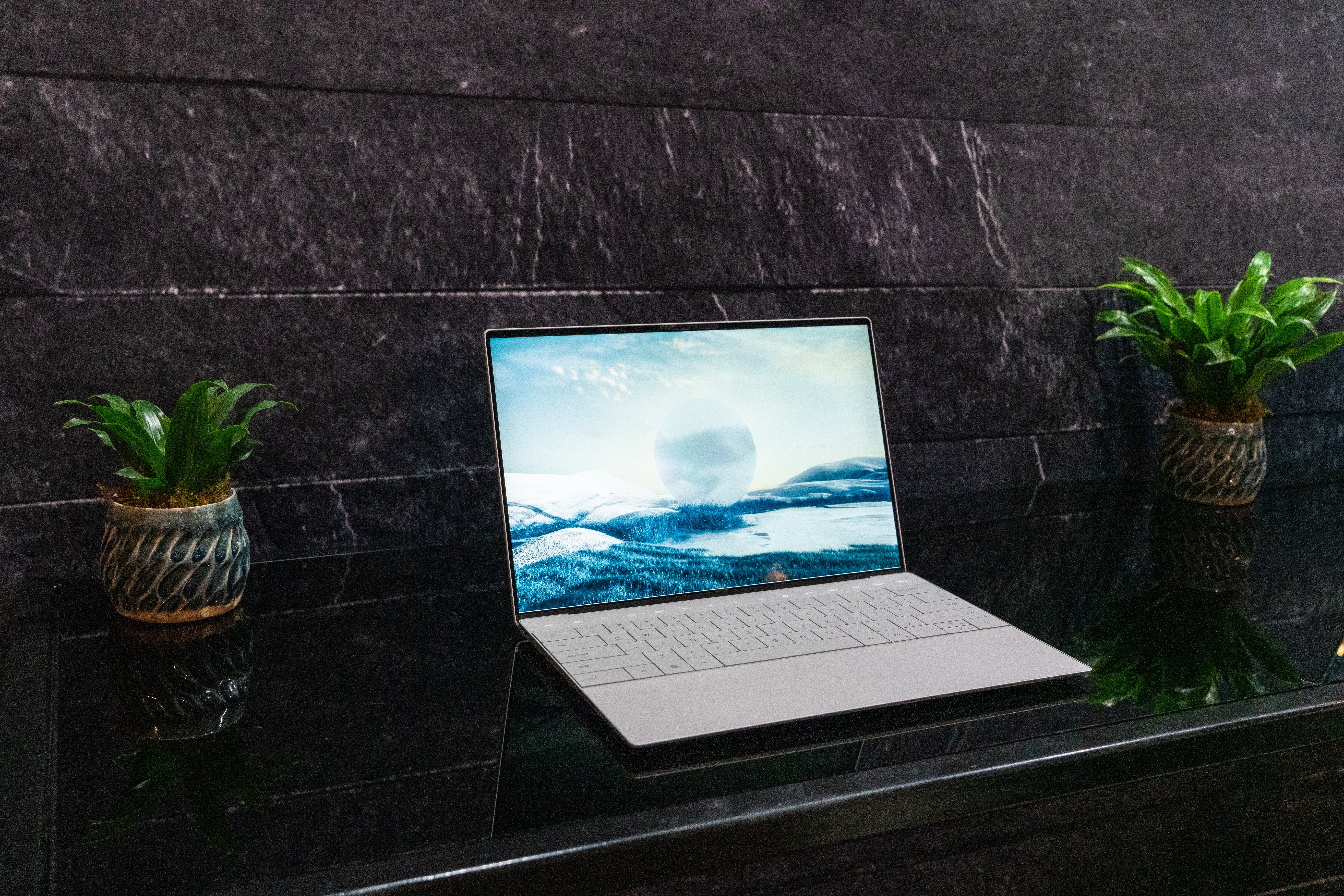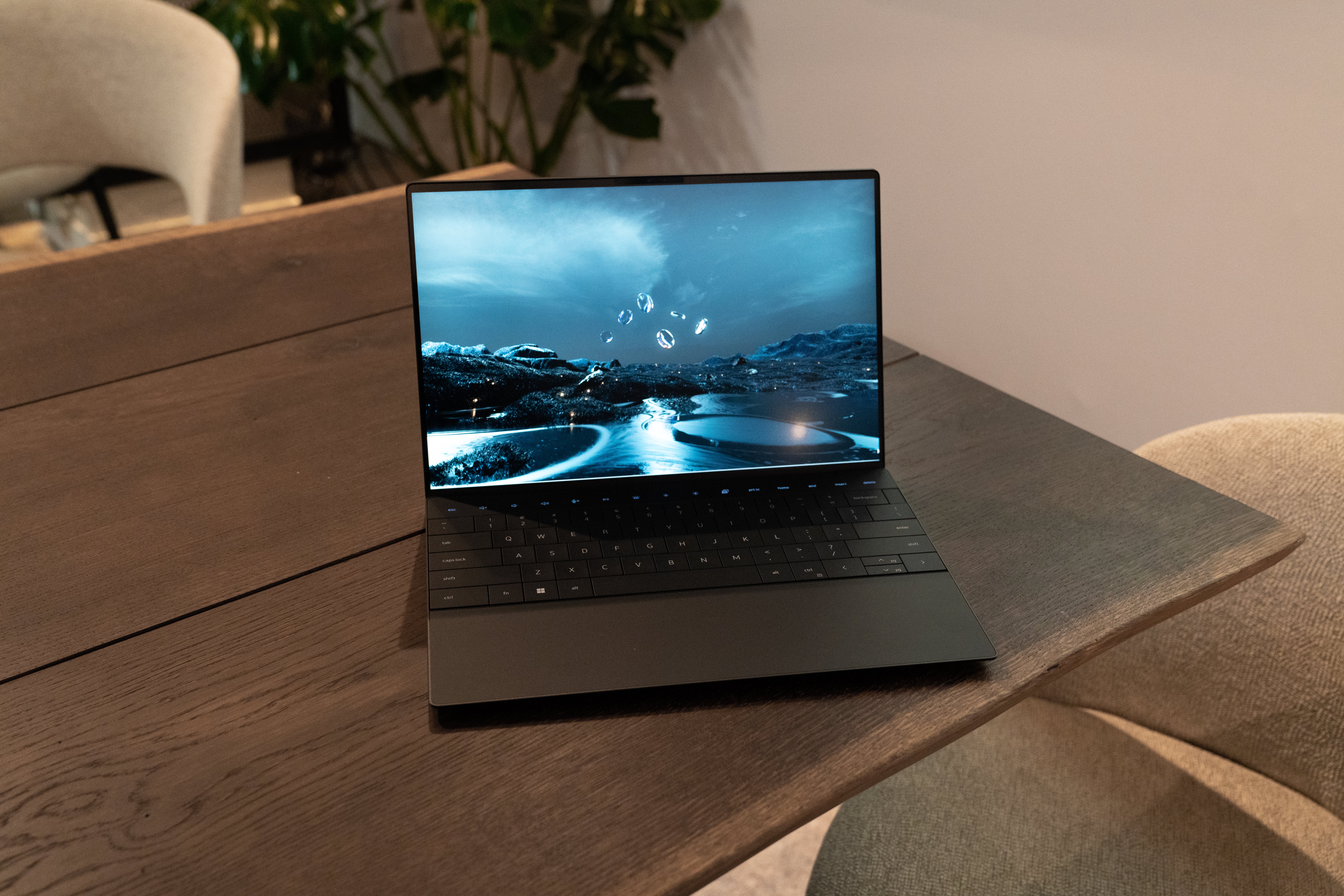Dell’s newest edition to its popular XPS laptop family, the XPS 13 Plus, has arrived. Announced at CES in January, the XPS 13 Plus shares DNA with the standard model but was built from the ground up with a more streamlined chassis featuring a haptic touchpad, a capacitive function row, and an edge-to-edge keyboard.
It’s a daring entry, one critics may view as an oversimplification that trades physical inputs for capacitive ones. Others may view the XPS 13 Plus as a logical progression for the ultra-thin category that modernises legacy features. We’ll determine where the XPS 13 Plus falls soon, as the laptop is hitting stores today at a starting price of $2,599 for the Windows 11 edition.
For those who missed the original announcement, the XPS 13 Plus is a 13.4-inch laptop with an extremely portable CNC aluminium chassis measuring 11.6 x 7.8 x 0.6 inches and weighing 1 kg.
Replacing the standard touchpad is what Dell calls a “haptic ForcePad,” a touch-sensitive surface similar to what you’d find on a MacBook. Instead of actually depressing, the touchpad uses haptic feedback to mimic that clicky sensation. The keyboard was also reworked so that its flat keys span from one edge to the other.

Perhaps more jarring is the row of touch-capacitive function buttons, which are small LED-illuminated keys that you tap to adjust things like brightness, volume level, and mic on/off. Dell claims this will make it easier to swap between function and media keys — we just hope it doesn’t suffer the same fate as Apple’s Touch Bar.
Other changes to the chassis include a quad-speaker setup with twins behind the keyboard firing upward and another pair down below. The fans were also enlarged to allow for 28W 12th Gen Intel P-series processors, intermediate chips between the high-powered H-series chips and low-power U-series ones used in previous XPS models.
The XPS 13 Plus comes with four CPU options, ranging from a 12-core Intel Core i5-1240P CPU (4.7 GHz) to a 14-core Core i7-1280P (4.8 GHz) processor. The chip can be paired with up to 32Gb of DDR5 RAM and up to a 2TB PCIe SSD. Graphics are limited to Iris Xe and connectivity is the latest and greatest: Wi-Fi 6e and Bluetooth 5.2.

Dell doesn’t usually skimp on the quality of its XPS displays, so I have high expectations for the 13.4-inch, 1920 x 1200-pixel (16:10) LED panel, which is said to reach 500 nits and hit 100% sRGB coverage. Those willing to trade battery life for image quality can opt for a 4K, DisplayHDR 400 panel, or an OLED touchscreen.
Speaking of battery life, that piece remains a mystery. We know the XPS 13 Plus has a built-in 55Whr battery and can charge to 80% in less than an hour, but no runtime estimates were provided. We’ll fill in all the blanks and give you our own impressions of the XPS 13 Plus in the coming weeks.
